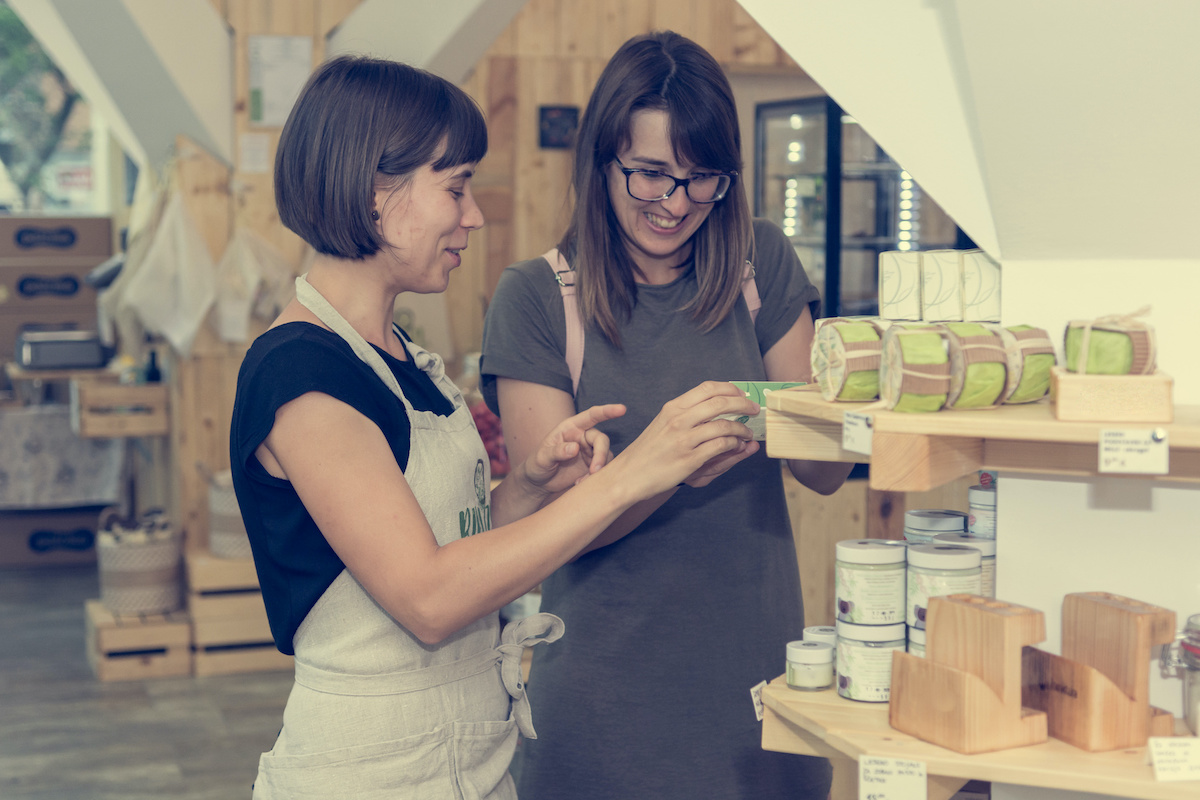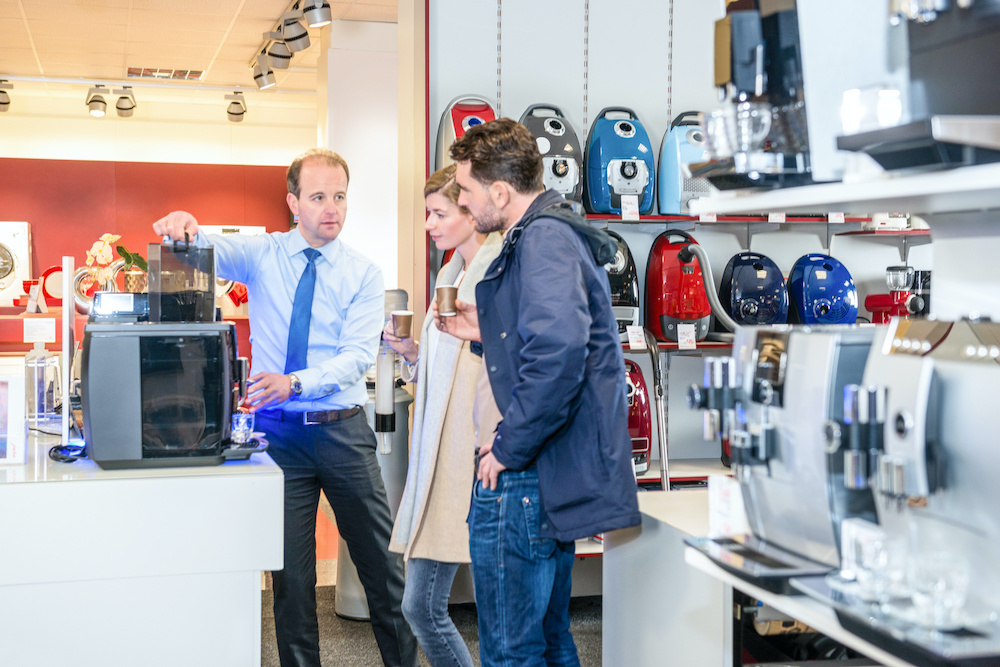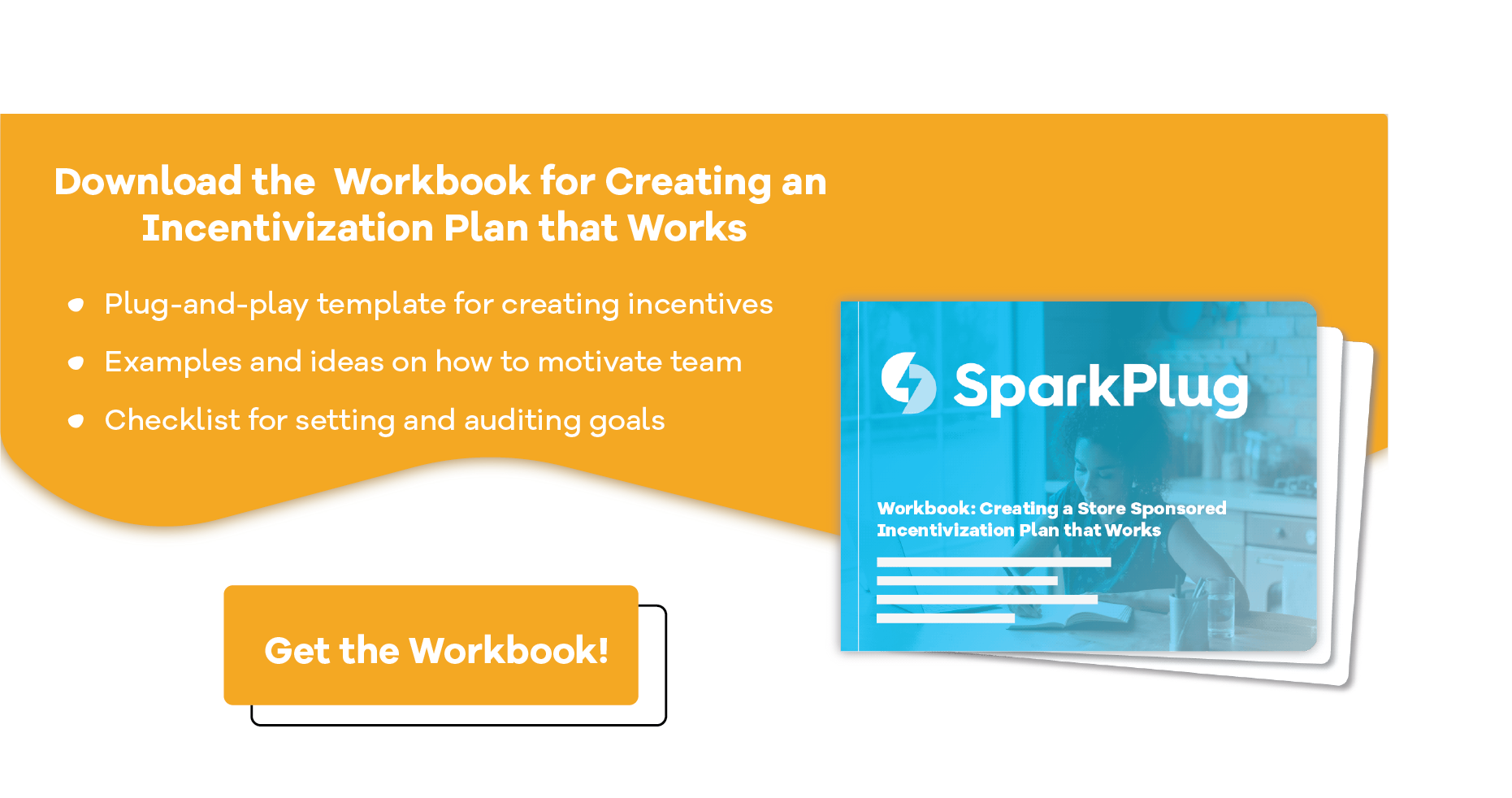In-store product demos, also known as pop-ups, are a great way to build brand awareness while also cultivating relationships with customers. People love learning about products before they buy, especially in the experiential economy we live in today.
It’s important to make sure your in-store product demos are targeting the kind of customers you’re trying to attract. If you’re going to go to the expense and effort of putting on an in-store product demo, you want to guarantee it will be a great success for your customers and your brand.
Here we’ve put together five best-practices for hosting the perfect in-store product demo.
1. Set the scene
A great in-store product demo is going to grab customers’ attention right off the bat by addressing their problems and piquing their curiosities. It’s important for customers to know what the product does, why it’s unique, and why they need it.
It’s possible that customers have never seen some of the products being displayed, so be sure to explain how your product is unique among your competitors and how it will benefit your customers’ lives.

2. Engage store customers
Now that you’ve set the scene, make sure to engage each person that walks through the door.
A big mistake is to flaunt your products and assume customers will be receptive. You can’t assume every customer is going to walk up to your table and start asking questions. It’s important to involve them and evoke a positive relationship between your brand and your customer.
What’s the best way to do this? Asking questions, actively listening to your customers concerns, and customizing each demo and sales pitch to the person in front of you.
Customers tend to respond positively when store employees and brand representatives take a diagnostic approach and take the time to hear out their problems and concerns. Being able to quickly understand customers’ pain points and articulate why the product being demoed is the best possible solution is a skill that takes time and practice, but is something that can make a world of difference in the success of an in-store pop-up demo.
3. Highlight product value
So, you’ve grabbed customers' attention with your attractive display, shown them that you know how they’re feeling, and started engaging with them. The next step is showing them how valuable your product is.
It’s here that you want to focus on why this product is better than all the others. It’s best if this is also something you can let customers see for themselves. Using marketing materials, graphs, data, and well-designed collateral will help to win over customers and convince them that your product is truly unique and a worthwhile purchase.
4. Remember the wow factor
It’s a well-known marketing fact that customers base most of their buying decisions on their emotions. How do you get customers to tap into their emotions? You highlight how your products are going to make them feel.
Once you’ve highlighted the benefits of your product, now ask them how they feel about that specific product. Do they think they might like it? Using personal anecdotes about the amazing flavor, fast uptake, and duration of effects will help customers to paint a picture of what it will be like for them. Depending on the product, explaining how it was the perfect complement to an evening concert or afternoon hike will help to deepen the emotional connection and aspiration.
Of course, it doesn’t hurt to add how amazing your prices are and what great value your customers are getting.
5. Align with your frontline
While all of the steps listed above are important, there is one critical element we haven't yet mentioned - your sales team.
In an increasingly digital world, customers have access to all the information, reviews and stats on your product online. So, when they come into a store, they are expecting an experience beyond the online shopping process.
And while aspects like the images, sounds and atmosphere are certainly part of that experience, it really comes down to how your frontline employees engage the customer.
At the same time, employees are more invested than ever in being a part of an organization. Studies show that staff who have bought into the company's goals are happier and turn over less often than their ignored counterparts.
So how do brands and retailers ensure a top customer experience and more engaged frontline? For many specialty retailers, this means creating buy-in through incentive programs like commissions, prizes and competitive leaderboards.
If you're not sure where to start in, check out this workbook which will help you come up with creative employee rewards programs and ideas.
From setting the stage to making the sale, these five tips will help you host the perfect in-store product demo every time.
.png?width=56&height=56&name=Jake-01%20(1).png)





